Galina Denzel, co-author of Eat Well, Move Well, Live Well, knows a lot about nutritious eating. She creates fresh recipes for each month’s unique theme through their program at eatmovelive365.com! February is National Bake for Family Fun Month, so we have a cracker recipe from Galina to share that is both nutritious and fun to make.
Perfect Crackers
It may sound less than humble, but these have crunch, flavor, and protein and provide a solid base for a spread or mini hipster toasts—who wouldn’t call these perfect?
In the
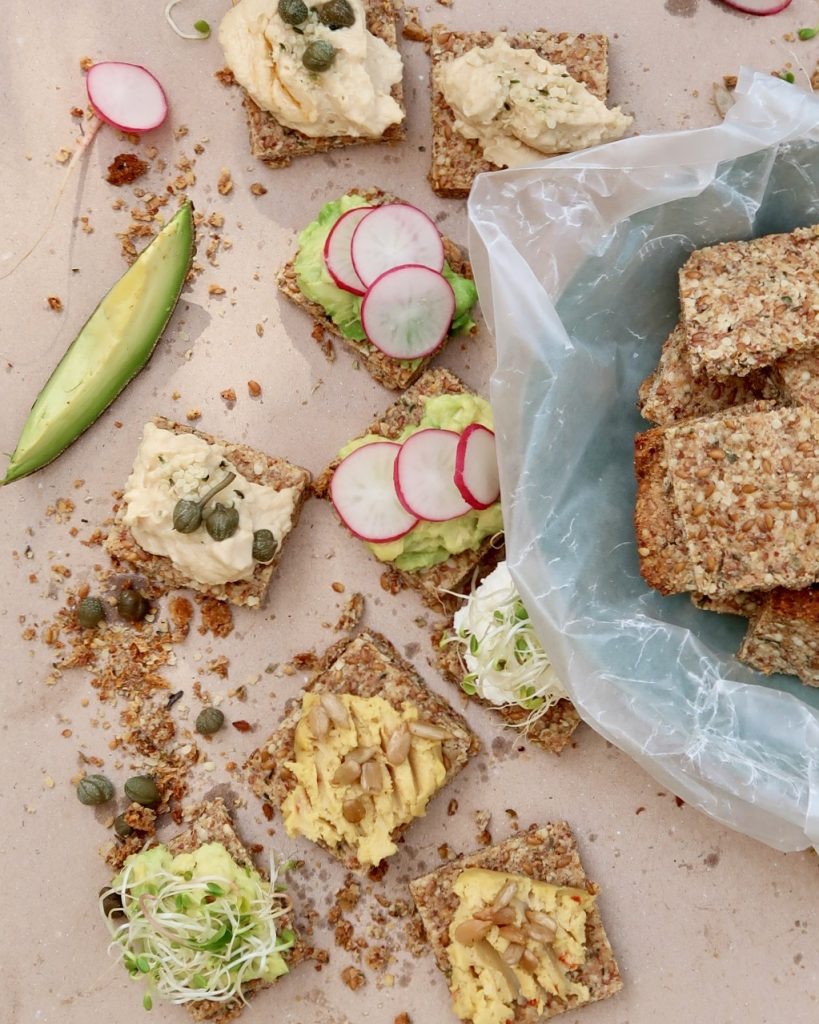
For 4-8 servings
1/2 cup flax seeds, ground
1/2 cup flax seeds
1
1 cup unbleached almond meal
1/2 cup hemp seed
2 tbsp olive oil
1/2 tbsp sea salt
1 tsp dry oregano
1 tsp dry thyme
Substitute your own choice of herbs for different flavors
Directions
Start by mixing the flax and water and let it sit a while—an hour minimum, but overnight is best. The flax will soak up the water perfectly. Combine the other dry ingredients: hemp, almond, sea salt, and dry spices, and add olive oil. Use your fingers to work the ingredients
together into a thick paste. Combine with the two kinds flax, soaked from before. Once you have your mixture, spread
crumble. Enjoy the lovely crisp end pieces! You can serve these as they are or with dips and spreads on top. I imagine they last long in a cool dry place, but we never let them sit around more than a couple of days.

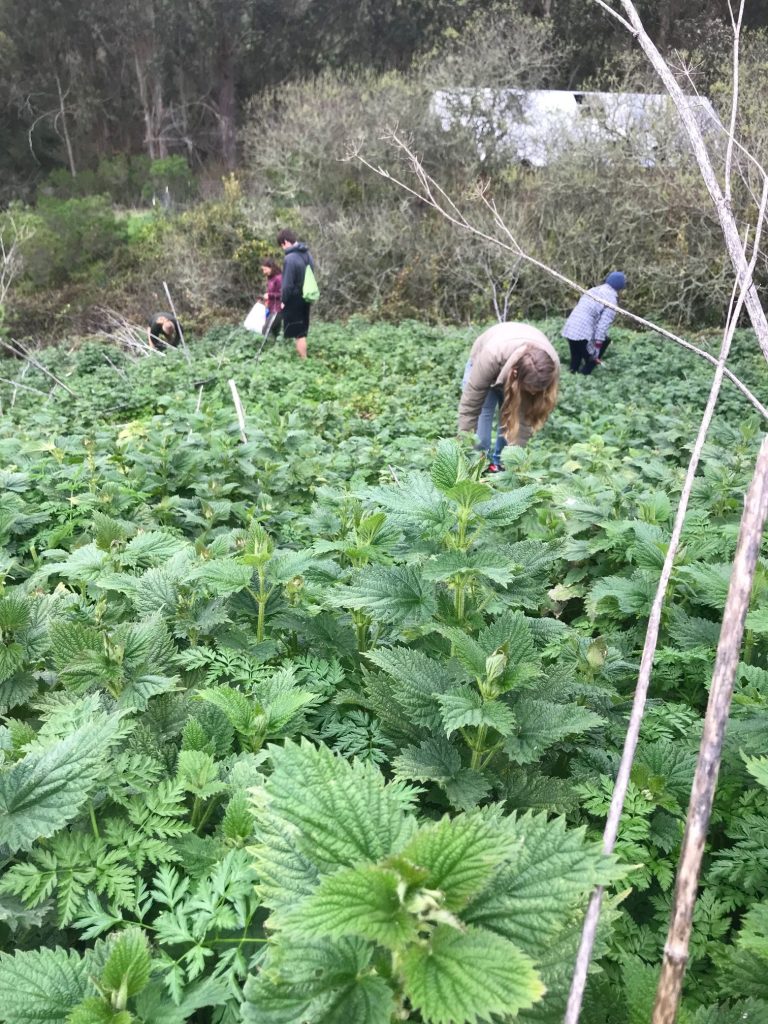 It was not always that way. There was an old barn on the hill above, that once was a milking barn and then held moonshine during prohibition. The activities in the barn helped pay the mortgage on the ranch and supported the growing family of settlers. When my husband arrived on the ranch the barn was falling down, due to lack of maintenance. The new owners made money elsewhere and simply used the ranch as an escape from the modern day stresses and routine.
It was not always that way. There was an old barn on the hill above, that once was a milking barn and then held moonshine during prohibition. The activities in the barn helped pay the mortgage on the ranch and supported the growing family of settlers. When my husband arrived on the ranch the barn was falling down, due to lack of maintenance. The new owners made money elsewhere and simply used the ranch as an escape from the modern day stresses and routine.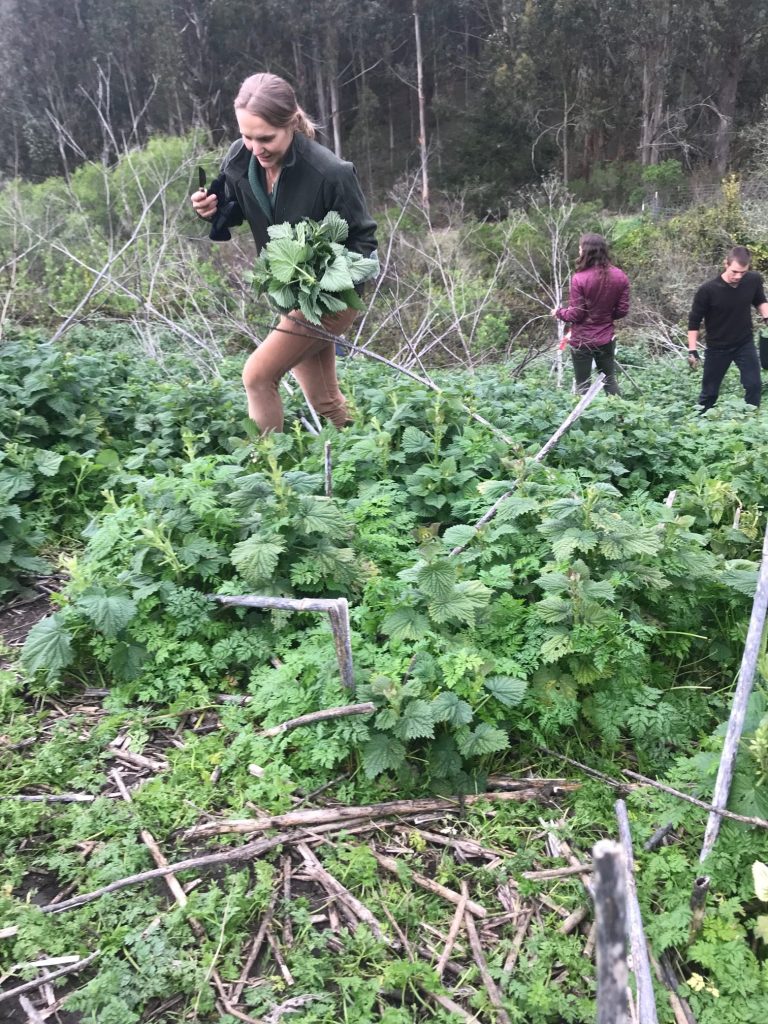
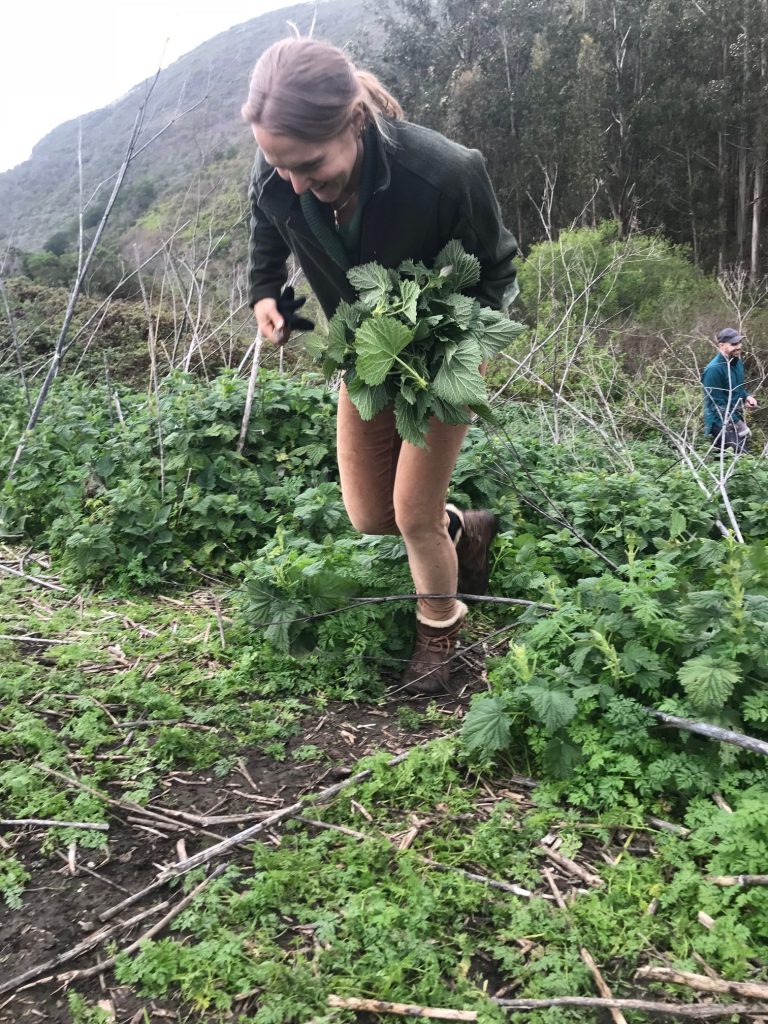
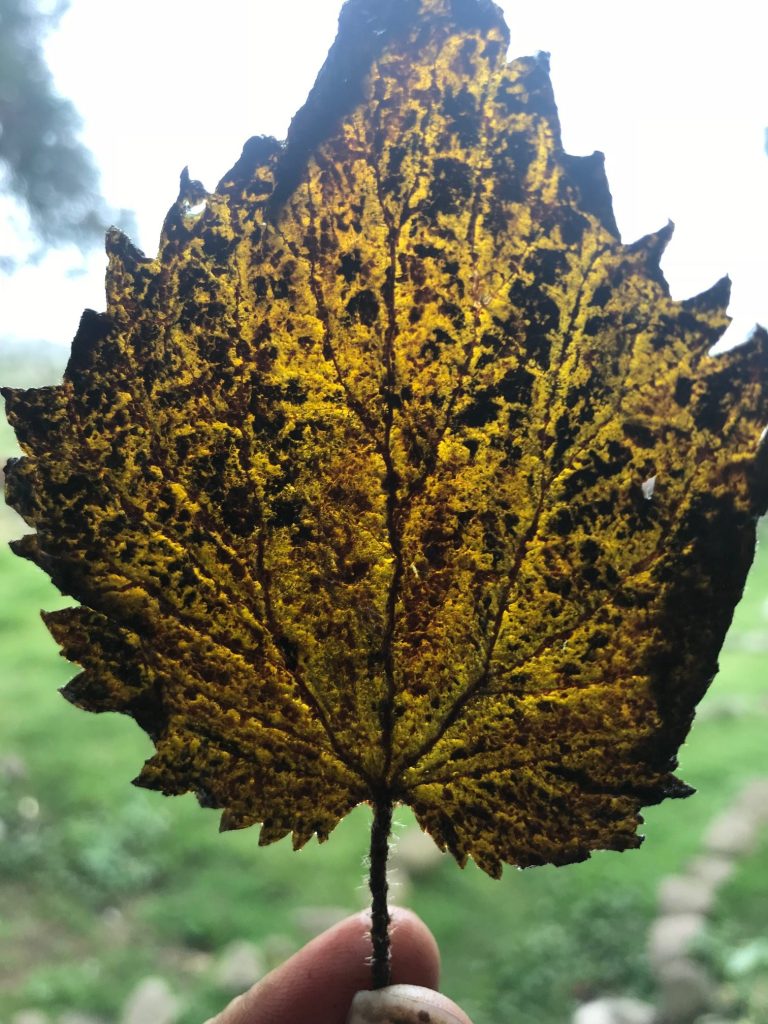
 First of all, the setting. Exquisite. We were so fortunate to be hosted by
First of all, the setting. Exquisite. We were so fortunate to be hosted by  Chef Kevin was entirely unfazed when I told him we wanted our guests to participate in some way in making the meal they were going to share with each other. In fact, this is the basis of what Chef Kevin does. So on the appointed day, he marshaled our eighty-or-so guests and got them working on cooking, assembling, and serving delicious appetizers, as cows milled around and the sun slanted across the hills. This act of making and serving food together turned our eighty guests into a cohesive group; fast friends were made, along with tasty bites!
Chef Kevin was entirely unfazed when I told him we wanted our guests to participate in some way in making the meal they were going to share with each other. In fact, this is the basis of what Chef Kevin does. So on the appointed day, he marshaled our eighty-or-so guests and got them working on cooking, assembling, and serving delicious appetizers, as cows milled around and the sun slanted across the hills. This act of making and serving food together turned our eighty guests into a cohesive group; fast friends were made, along with tasty bites! As the sun began to drift down toward the horizon, we raised our glasses and made a toast to water—“not just a condiment for your meal,” Katy said, “but the earth’s blood.” Water is life, we agreed, thinking of the WaterKeepers and all those at Standing Rock, and we savoured our water before the meal was served.
As the sun began to drift down toward the horizon, we raised our glasses and made a toast to water—“not just a condiment for your meal,” Katy said, “but the earth’s blood.” Water is life, we agreed, thinking of the WaterKeepers and all those at Standing Rock, and we savoured our water before the meal was served. We stood together in small groups, hot drink in one hand, handful of chocolate in the other, finishing conversations that had woven through the party, saying goodbye for now. A sweet end to a sweet evening. We are so grateful to everyone who worked to make our party a success, to everyone who made the journey to celebrate Movement Matters with us, and to everyone who took an interest from afar! Thank you!
We stood together in small groups, hot drink in one hand, handful of chocolate in the other, finishing conversations that had woven through the party, saying goodbye for now. A sweet end to a sweet evening. We are so grateful to everyone who worked to make our party a success, to everyone who made the journey to celebrate Movement Matters with us, and to everyone who took an interest from afar! Thank you! In the example the Denzels give, you make a simple slow cooker pork pot roast with vegetables, which gives you enough for Sunday night’s supper, and two more suppers later in the week. Just the words slow cooker pork pot roast make me want to hit the kitchen—and thinking about having three suppers done and dusted in one go fills me with glee. Chilly October nights seem like a perfect time to get into this habit.
In the example the Denzels give, you make a simple slow cooker pork pot roast with vegetables, which gives you enough for Sunday night’s supper, and two more suppers later in the week. Just the words slow cooker pork pot roast make me want to hit the kitchen—and thinking about having three suppers done and dusted in one go fills me with glee. Chilly October nights seem like a perfect time to get into this habit. I’ve been savoring that fresh fruit as it comes in, and doing my best to can and preserve as much as I am able for the long winter nights to come. And with the cooler temperatures here, both day and night, Galina’s advice to sip a sweet-tasting herbal tea like licorice or rooibos feels like exactly the right thing to do while I contemplate my relationship with sugar, and why I want to be in charge, rather than letting sugar run the show.
I’ve been savoring that fresh fruit as it comes in, and doing my best to can and preserve as much as I am able for the long winter nights to come. And with the cooler temperatures here, both day and night, Galina’s advice to sip a sweet-tasting herbal tea like licorice or rooibos feels like exactly the right thing to do while I contemplate my relationship with sugar, and why I want to be in charge, rather than letting sugar run the show. I concentrated on my gait as best I could, and then I just let my attention wander. I thought about the project I’m writing, and about the work awaiting me in the Propriometrics Press office. I returned to my desk feeling refreshed and nourished by my time outside, spent walking.
I concentrated on my gait as best I could, and then I just let my attention wander. I thought about the project I’m writing, and about the work awaiting me in the Propriometrics Press office. I returned to my desk feeling refreshed and nourished by my time outside, spent walking.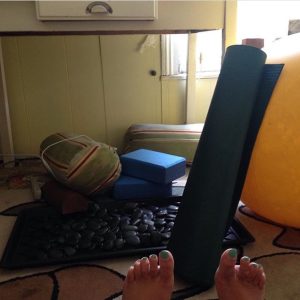 His advice to keep a log of your daily time spent sitting was also world-rocking. I thought I was pretty dynamic—but there are always more ways to move.
His advice to keep a log of your daily time spent sitting was also world-rocking. I thought I was pretty dynamic—but there are always more ways to move.
